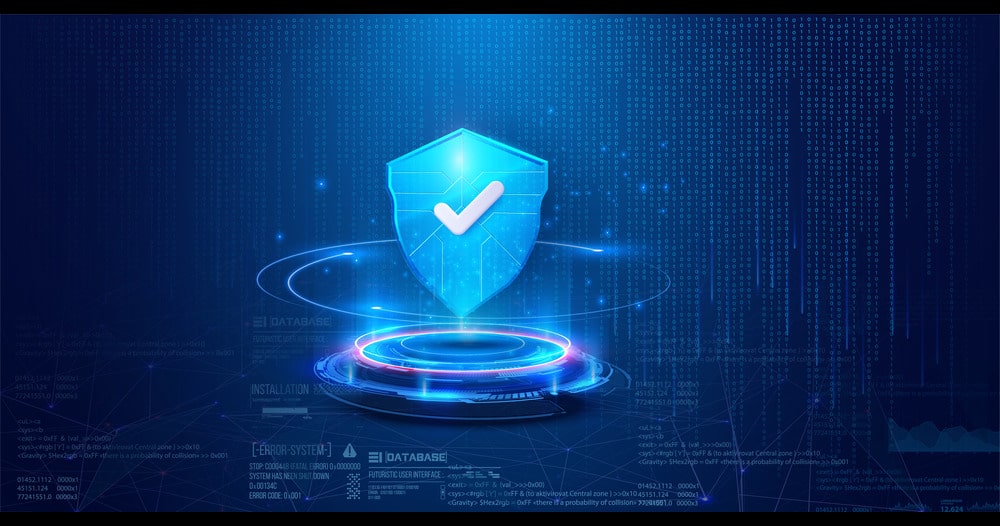SAP implementation can ensure efficiency and quick scalability for your organization. 80% of the total SAP’s customers are small to medium-sized companies that are only a decade older in the industry. Apart from this, 77% of the total revenue transactions in the world take place via the SAP system.
But when it comes to the processing of the SAP implementation, that’s where companies must be a little cautious in creating a strategic rollout that leads to successful adoption.
In this blog, we are going to talk about eight crucial steps that every organization needs to take chronologically to adapt SAP Business One in their workspace successfully; follow these steps to get the maximum output from the ERP solution.
Step 1: – Planning
Finding the right SAP Business One solution and then implementing it in your business is going to take time. As a result, when you start the process of SAP implementation, you first look for the ERP that suits your business requirements.
In addition to this, it is important to create a realistic budget before moving forward. But keep in mind that it might need some alterations as more SAP modules add up. SAP’s implementation can take up to 6 months to a whole year. Thus, it is important to come up with a design change-management plan to make the whole shift more streamlined.
Step 2: – Finding The Right Team Members
When you are finding new members for the team, you need to know about the individual qualities and capabilities that they possess. At the same time, you need to make sure that their personalities match, making it easier for them to work together on the project.
Remember, everyone must invest their time in the ERP implementation, and they should be able to work on a broad range of roles, departments, and even certain skill sets.
A great ERP project team includes.
- A leader
- One project manager
- 2 representatives from each department that will use the ERP systems after its implementation.
Furthermore, the management team needs to be updated at every step because they are the ones bringing investment for all the additional resources that will push the implementation to success.
Step 3: – Building Great Communication
The team that is working on the ERP implementation must provide the objectives to the management and other staff members. This includes the scope, goals, why the project has to be initiated, and what is the result after the project is complete.
What this means is you need to sit with the team members, ask them questions, and listen to the answers given by them. One of the things you could do is take a company-wide survey along with some individual interviews of those people whose work will be affected most by the implementation of the ERP.
It is quite common in ERP implementation that individual product teams will only focus on their portion of the project. Meaning they will only communicate what’s best for their team. So, it is a good idea to have project team meetups once a week to share insights on the progress and are few changes that are going to happen in the coming weeks after the SAP implementation.
Step 4: – Choosing The ERP System
After you have done the survey and understood the needs of each product team, now is the time to select the ERP system for the integration. Here, you will have to research and evaluate several ERP solutions to find out which one suits your business requirements and objectives in the best way possible.
When you are selecting the ERP solutions, here are the following things to keep in mind: -
- Check if the solution can meet the specific functional requirements of your organization.
- Does the ERP solution can easily integrate with your current systems and data models?
- Is the ERP solution scalable enough for you to add more modules as the business expands?
- Is the vendor of the ERP solution reputable, and do they provide adequate support in times of crises and maintenance?
- The timeframe will it take to fully implement the ERP solution?
Step 5: – Design & Development
The design phase takes place after you have attained derailed requirements and an understanding of the workflows for which you are deploying the ERP solution. Here, you will have to design better and more efficient workflows along with other processes.
In addition to this, if you are using a one-premises ERP solution, then you need to purchase and install the hardware and the software to run the program successfully. On the other hand, as all of this is going on, the software development team needs to start working on the training material to help users get familiar with the new system.
Data migration is another big step as it requires extracting, transforming, and loading the data from several systems having different formats. The project team needs to come up with a schedule for migrating the data to avoid blanket migration of the historical data.
Step 6: – Testing The ERP
Once the ERP implementation is complete, you must test the system for its functionality and data accuracy. This also includes testing every single system application and process present. Besides this, your team also needs to verify the migrated data and see if the data transfer is complete or not. Your team must look at this step as the quality check, and here, your task is to find out as many crashes and bugs as possible. This does not mean that the program is faulty; it simply means certain configurations haven’t been done yet.
The testing phase of the SAP implementation becomes more vital when there’s a significant level of customization done by the company. Be sure that you have initiated the testing for all user interfaces, and from the vendor side, you are provided with functionality, performance, and integration tests.
Step 7: – Training The Team
With the new technology in place, there are surely going to be some issues at the start. But this can be removed by setting up the training for the different teams based on their work. Likewise, it is better to provide additional hands-on training at the start to help teams understand the system.
If you have followed the steps that we have mentioned and communicated with the team well in advance, then we are sure you will see positivity and excitement about the new ERP solution.
Step 8: – Ongoing Maintenance & Support
After the ERP system is finally up and running, the company needs to form a process with the vendor for ongoing maintenance and support for the system. In this, you must include maintenance checks, upgrading the software with the latest security patches, and troubleshooting any form of issues that may come forward during the usage.
Conclusion
SAP Business One implementation to your business can optimize the operations and allow you to have a competitive edge in the industry. We at Embee know that the SAP implementation process is quite complex. Thus, we take care SAP implementation for you by following all the necessary steps that we have mentioned earlier in this blog.
The efforts we will invest in the SAP implementation are going to be beneficial for you for years to come, along with the increased efficiency and streamlining of the workflow.




















































